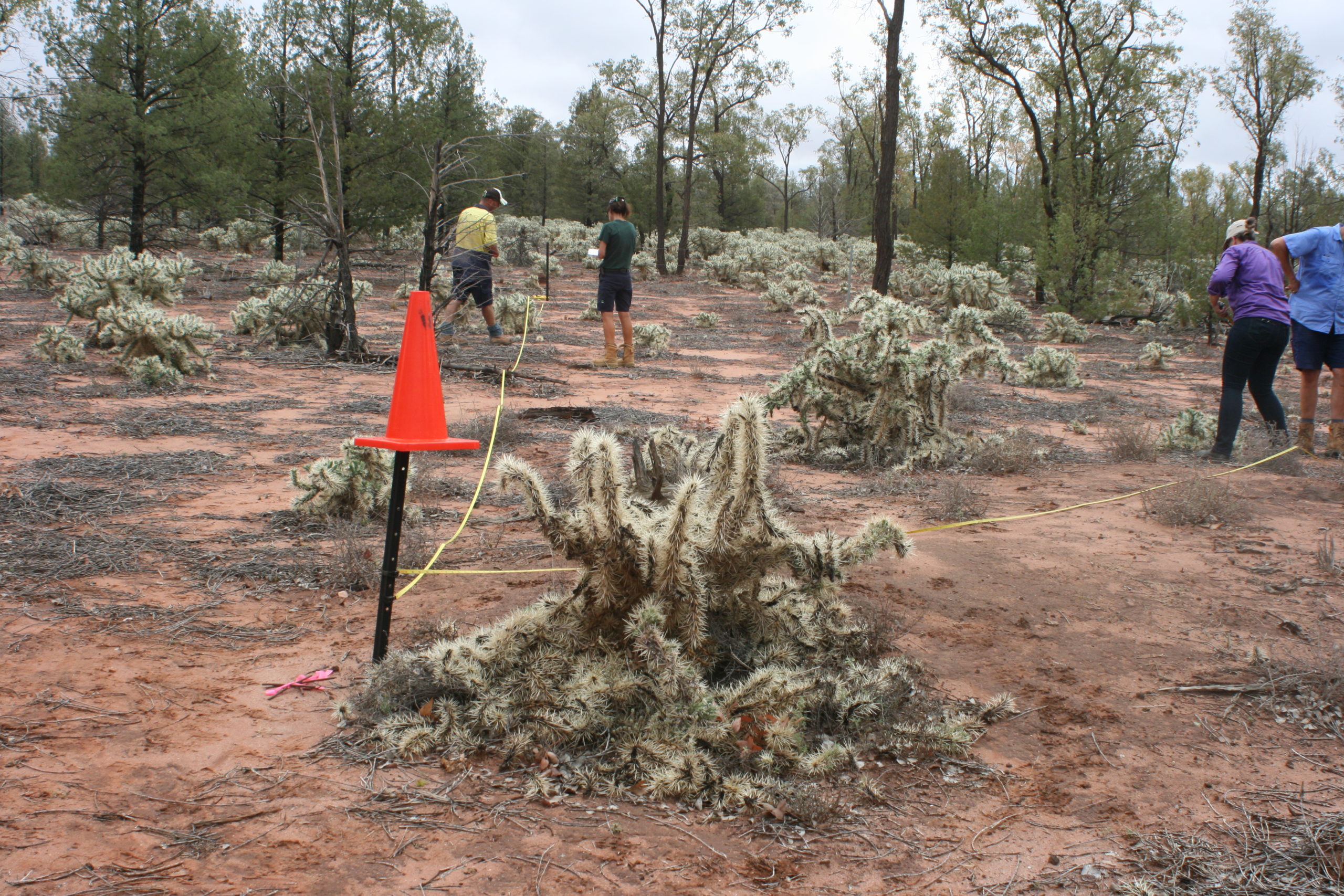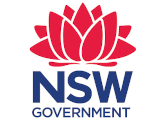Hudson pear
The NSW Environmental Trust is one of the cash contributors to the national project ‘Underpinning agricultural productivity and biosecurity by weed biological control’ supported by the Australian Government programme Rural Research and Development for Profit (RRnD4P) (Round 4) administered by the Department of Agriculture, Water and the Environment. The three-year project (to June 2022) is led by AgriFutures Australia, focuses on 11 different weed targets and includes researchers from four agencies with capabilities and infrastructure to undertake weed biocontrol research in Australia (CSIRO, NSW Department of Primary Industries, Queensland Department of Agriculture and Fisheries and Victoria Department of Economic Development, Jobs, Transport & Resources).
Hudson pear (Cylindropuntia pallida) is one of the weed targets in which the NSW Environmental Trust is co-investing. Andrew McConnachie of NSW Department of Primary Industries is leading this sub-project.

Hudson pear (Cylindropuntia pallida) impacted by the the cochineal insect agent Dactylopius tomentosus (lineage ‘californica var. parkeri’) at Cumborah, NSW (Photo: A. McConnachie).
The cochineal insect agent Dactylopius tomentosus (lineage ‘californica var. parkeri’) was first released for the biocontrol of Hudson pear in Australia in November 2017 in NSW and Queensland as part of a previous project supported by RRnD4P (Round 1). The current project is mass-rearing and releasing the agent on a large scale throughout the range of the weed and monitoring its impact at two sites in NSW. Multi spectral imagery captured by a drone is also being used to assess spread and impact of the agent over large spatial scales and across inaccessible terrain.
Planned activities
- Mass-rear and release of Dactylopius tomentosus as a biocontrol agent for Hudson Pear.
- Evaluate two long-term monitoring sites in NSW to assess biocontrol agent impact and dispersal.
- Conduct mapping to establish the distribution of Hudson Pear in northern NSW.
- Contribute to the integrated management plan for Hudson Pear in northern NSW.


